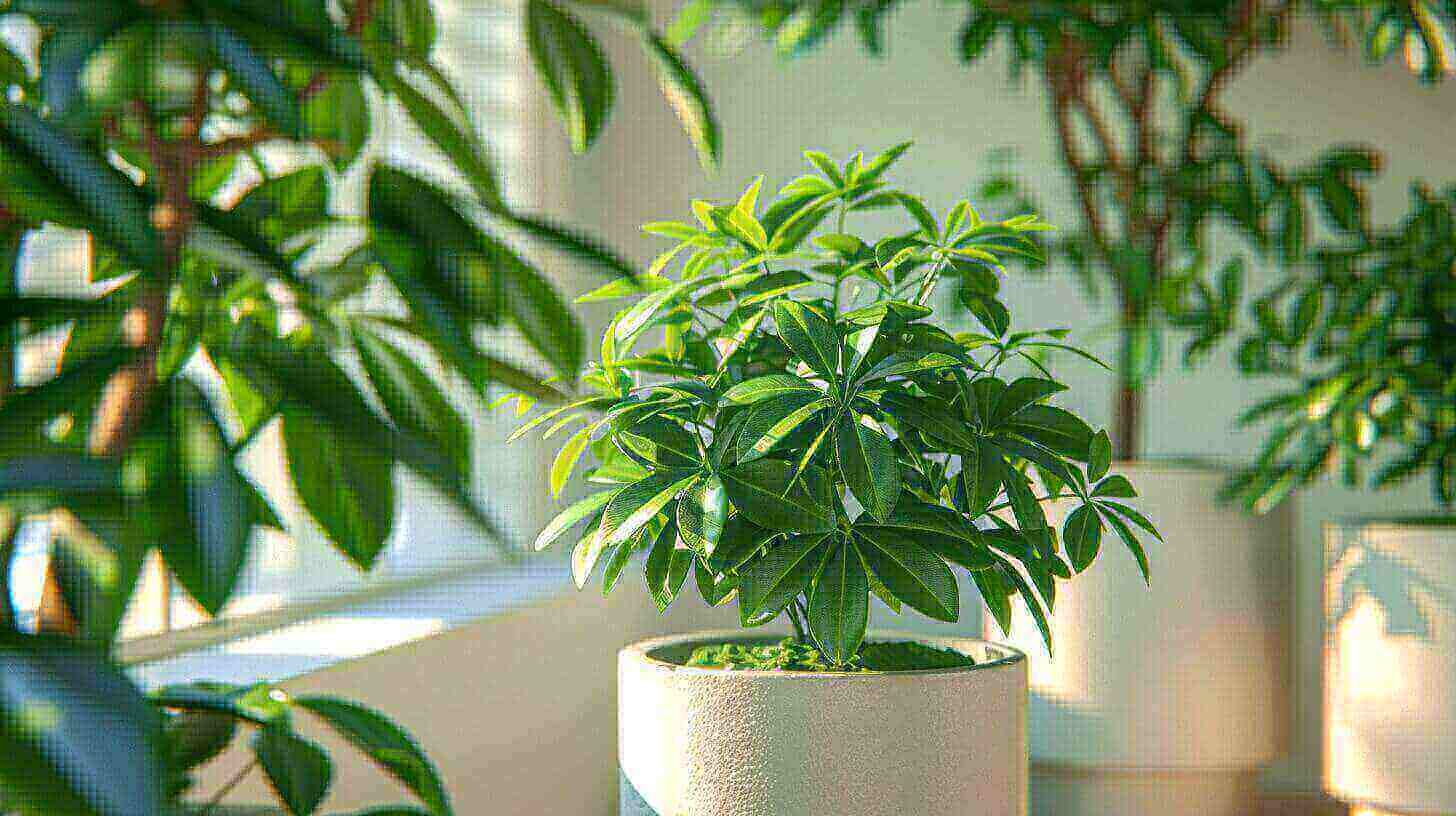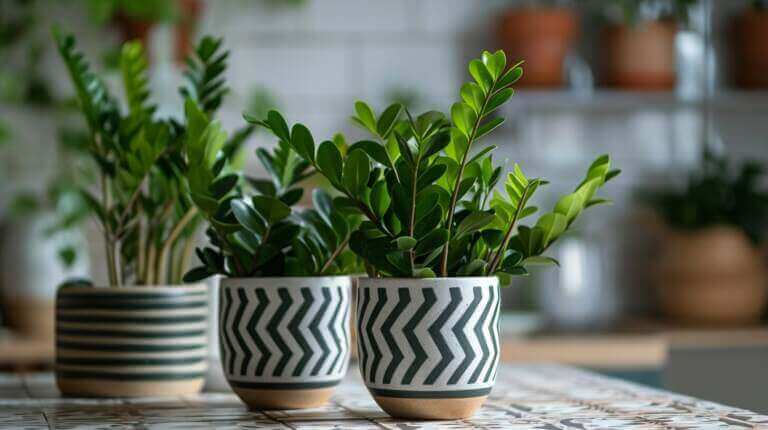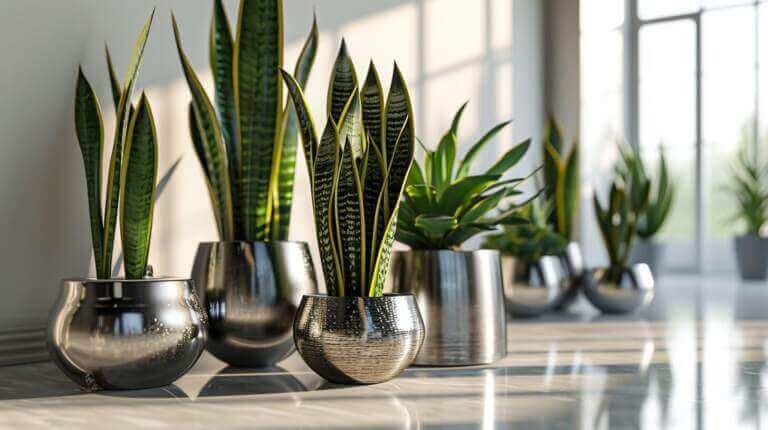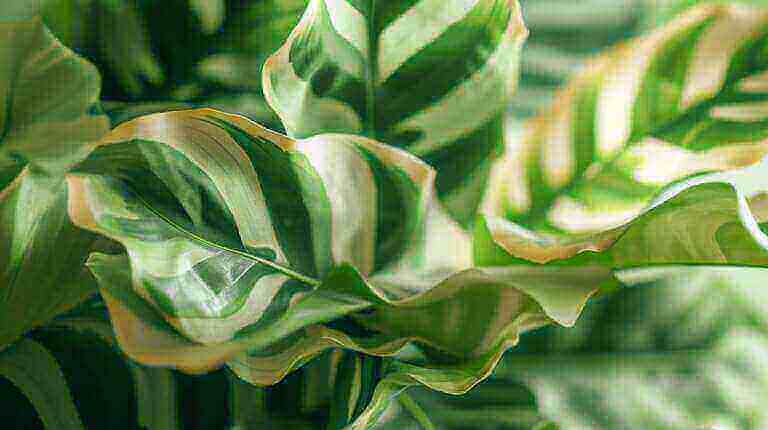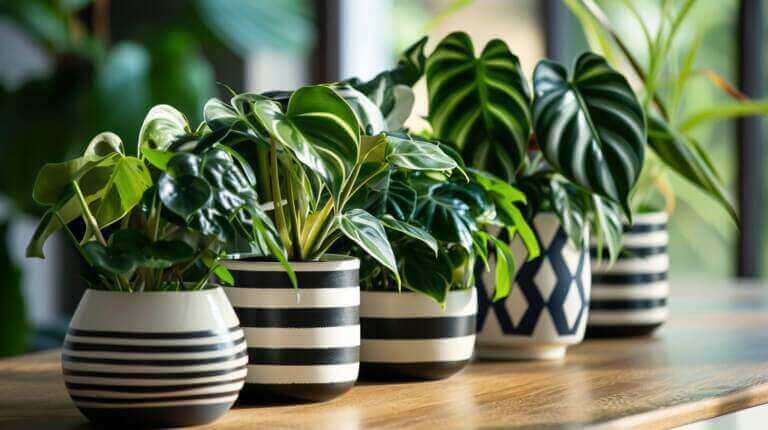Umbrella Plant Care Guide: How to Water, Fertilize, and Repot Your Schefflera Plant
Whether you’re a seasoned plant parent or just starting your green journey, it’s important to understand the essentials of schefflera care. By learning how to properly water, fertilize, and repot your umbrella plant, you’ll be able to create the ideal environment for its growth and ensure its long-term health.
Key Takeaways:
- Allow the top inch or two of soil to dry out between waterings to prevent overwatering and root rot.
- Water thoroughly, ensuring all the roots are moistened, and reduce watering during the winter months.
- Fertilize regularly with a liquid fertilizer or slow-release pellets to provide essential nutrients for healthy growth.
- Repot your schefflera every 2-3 years using well-draining potting mix and a container with drainage holes.
- Place your schefflera in bright, indirect light, maintain a temperature range of 60-75°F, and ensure humidity levels of at least 60%.
Now that you have a glimpse of what we’ll be covering, let’s dive deeper into each aspect of schefflera care. Get ready to become a pro at watering, fertilizing, repotting, and creating the ideal environment for your beloved umbrella plant!
Schefflera Umbrella Plant Watering Tips: How Often and How Much to Water
Proper watering is crucial for the health and vitality of your schefflera indoor plant. By following the right watering practices, you can ensure that your plant thrives and maintains its vibrant foliage. Here are some essential tips for watering your schefflera:
1. Watering frequency: Allow the top inch or two of the soil to dry out between waterings. Schefflera plants prefer slightly moist soil, but overwatering can lead to root rot. As a general rule, water your schefflera once a week during the growing season and reduce watering during the winter months when the plant is in a dormant state.
2. Watering amount: When watering your schefflera, make sure to thoroughly wet the entire root system. This ensures that the plant receives adequate moisture. Water until you see water flowing from the drainage holes of the pot. If the water drains too quickly, it may indicate that the soil is dry and the plant needs a deeper watering.
3. Observation is key: Pay attention to your schefflera’s water needs by observing the condition of the soil and the plant itself. If the leaves start to droop or turn yellow, it may be a sign that the plant is underwatered. On the other hand, if the leaves are wilting or the soil feels constantly wet, it may indicate overwatering. Adjust your watering schedule accordingly to maintain the right balance.
Watering Checklist for Your Schefflera:
Use this checklist as a reference to ensure you’re providing the right amount of water for your schefflera:
- Allow the top inch or two of soil to dry out between waterings.
- Water thoroughly, ensuring the entire root system is moistened.
- Water once a week during the growing season, and reduce watering in winter.
- Observe the plant for signs of overwatering or underwatering.
- Adjust watering frequency based on the plant’s needs and environmental conditions.
Fertilizing Schefflera Umbrella Tree: Best Practices for Nutrient Delivery
Proper fertilization is essential for the healthy growth and development of schefflera plants. By providing your schefflera with the right nutrients, you can ensure vibrant foliage and robust growth. Here are some best practices for fertilizing your schefflera:
Choosing the Best Fertilizer
When it comes to fertilizing schefflera, it’s important to select the right type of fertilizer. Look for a balanced, water-soluble fertilizer specifically formulated for houseplants. The ideal fertilizer ratio for schefflera is 20-20-20 or 10-10-10, which represents the percentages of nitrogen (N), phosphorus (P), and potassium (K), respectively. This balanced formulation provides the essential nutrients schefflera needs for optimal growth.
Applying Fertilizer
Apply fertilizer to your schefflera twice a week during the growing season, which typically spans from spring to summer. Follow the instructions on the packaging for the correct dosage and dilution rate. It’s important not to over-fertilize your schefflera, as this can lead to nutrient burn and damage the roots. Always err on the side of caution and apply fertilizer sparingly, increasing the frequency or dosage gradually if necessary.
Monitoring Plant Nutrient Needs
Every plant is unique, and the nutrient requirements of your schefflera may vary depending on factors such as light, temperature, and overall health. Monitor your plant closely for signs of nutrient deficiencies or excesses. If you notice yellowing leaves, stunted growth, or overall poor health, it may indicate a nutrient imbalance. Adjust your fertilization routine accordingly, making sure to provide the necessary nutrients to support your schefflera’s well-being.
| Fertilizer | N-P-K Ratio | Features |
|---|---|---|
| General Purpose Houseplant Fertilizer | 20-20-20 | Provides balanced nutrition for schefflera |
| Organic Fertilizer | Varies | Natural and slow-release, promotes soil health |
| Foliar Spray Fertilizer | Varies | Quickly absorbed through the leaves, boosts growth |
Repotting Schefflera Plant: When and How to Repot Your Plant
Repotting your schefflera is an important part of its care routine, ensuring that it has enough space to grow and thrive. Knowing when and how to repot your plant is essential for its overall health and well-being. Follow these guidelines to successfully repot your schefflera and provide it with a suitable environment for continued growth.
When to Repot
- Repot your indoor schefflera every 2-3 years or when it outgrows its current pot. Signs that your plant may need repotting include roots emerging from the drainage holes, the soil drying out quickly, or the plant becoming top-heavy.
- Spring is the best time to repot your schefflera, as it is the beginning of its active growth period. This allows the plant to quickly recover from the repotting process and establish itself in its new container.
How to Repot
- Select a container that is one size larger than the current pot and has drainage holes to prevent waterlogging. This ensures proper airflow and prevents root rot.
- Prepare a well-draining potting mix by combining equal parts of peat moss, perlite, and coarse sand. This mixture provides the necessary nutrients and drainage for your schefflera.
- Carefully remove the plant from its current pot, gently loosening the roots with your fingers. If the roots are tightly bound, you can make shallow vertical cuts on the root ball to promote healthy root growth.
- Place a layer of the potting mix in the bottom of the new container and position your schefflera in the center.
- Add more potting mix around the sides, gently pressing it down to secure the plant in place. Leave a gap of about half an inch between the soil and the rim of the pot to allow for watering.
- Water the newly potted schefflera thoroughly, ensuring that the soil is evenly moist. Avoid fertilizing immediately after repotting, as it can stress the plant.
Creating the Ideal Environment: Light, Temperature, and Humidity
When it comes to caring for your umbrella plant, providing the ideal environment is essential. Pay attention to its light requirements, temperature preferences, and humidity needs to ensure its optimal growth and well-being. Here are some valuable tips on creating the perfect conditions for your schefflera:
Light Requirements
The umbrella plant thrives in bright, indirect light. Place it near a window where it can receive filtered sunlight throughout the day. Avoid exposing it to direct sunlight, as this can cause the leaves to burn. Adequate light is crucial for photosynthesis and the overall health of your schefflera.
Temperature
Schefflera plants prefer a temperature range between 60-75°F (15-24°C). Avoid placing your plant in areas with extreme temperature fluctuations or drafts. Protect it from cold drafts near windows or doors during the winter months. Maintaining a stable temperature will promote healthy growth and prevent stress on the plant.
Humidity
Schefflera plants thrive in a humid environment. Aim for humidity levels of at least 60% to provide the optimal conditions for your plant. You can increase humidity by using a humidifier or placing a tray filled with water near the plant. Mist the leaves regularly to mimic the tropical conditions schefflera plants prefer.
| Light Requirements | Temperature | Humidity |
|---|---|---|
| Bright, indirect light | 60-75°F (15-24°C) | At least 60% |
Creating the ideal environment for your schefflera is crucial for its overall health and well-being. By providing the right light, temperature, and humidity, you can ensure that your umbrella plant thrives and adds a touch of vibrant greenery to your space.
Common Issues and Pests: Troubleshooting and Prevention
As a schefflera plant owner, I understand that dealing with common issues and pests can be frustrating. However, with some troubleshooting and preventative measures, you can keep your schefflera healthy and thriving.
One of the most common problems schefflera plants face is leaf spot caused by bacterial or alternaria infections. To prevent these diseases, avoid overhead watering and instead, water at the base of the plant in the morning. If leaf spot does occur, consider using a copper fungicide to treat the affected areas.
Pests like aphids, mealybugs, spider mites, and scale insects can also be a nuisance to your schefflera. Keep a watchful eye for any signs of infestation, such as discolored leaves, sticky residue, or tiny webs. If you notice any pests, treat them with insecticidal soap, following the instructions on the product label. Regularly inspecting your plant and taking prompt action can prevent pest populations from getting out of control.
Remember, prevention is key in maintaining a healthy schefflera. By implementing good care practices, such as avoiding overwatering, providing proper light and humidity levels, and regularly inspecting your plant, you can create an environment that discourages both diseases and pests. With these simple schefflera care tips, you can enjoy a thriving and beautiful plant in your home.
FAQ
How often should I water my schefflera?
Allow the top inch or two of the soil to dry out between waterings. Water thoroughly, ensuring the entire root system is moistened. During the growing season, water once a week, and reduce watering in winter.
What is the best way to fertilize a schefflera?
Use a liquid fertilizer for houseplants or slow-release pellets. Apply fertilizer twice a week during the growing season, following instructions on the packaging. Regular fertilization provides essential nutrients for healthy growth.
When should I repot my schefflera?
Repot every 2-3 years or when it outgrows its current pot. Choose a container with drainage holes and use well-draining potting mix. Soak the root ball in water before repotting, and provide intensive care afterward. Avoid fertilizing immediately after repotting.
How much light does a schefflera need?
Schefflera plants prefer bright, indirect light. Place in a location with filtered sunlight throughout the day. Avoid direct sunlight, as it can cause leaf burn.
What temperature and humidity levels are best for schefflera?
Maintain a temperature range of 60-75°F and humidity levels of at least 60%. Protect from drafts and dry heating vents, as schefflera requires a humid microclimate to thrive.
How do I prevent common issues and pests in my schefflera?
To prevent issues like leaf spot and pests like aphids and spider mites, avoid overhead watering, water in the morning, and apply appropriate treatments if necessary. Regularly inspect your plant for signs of pests or diseases and take appropriate measures to keep it healthy.

